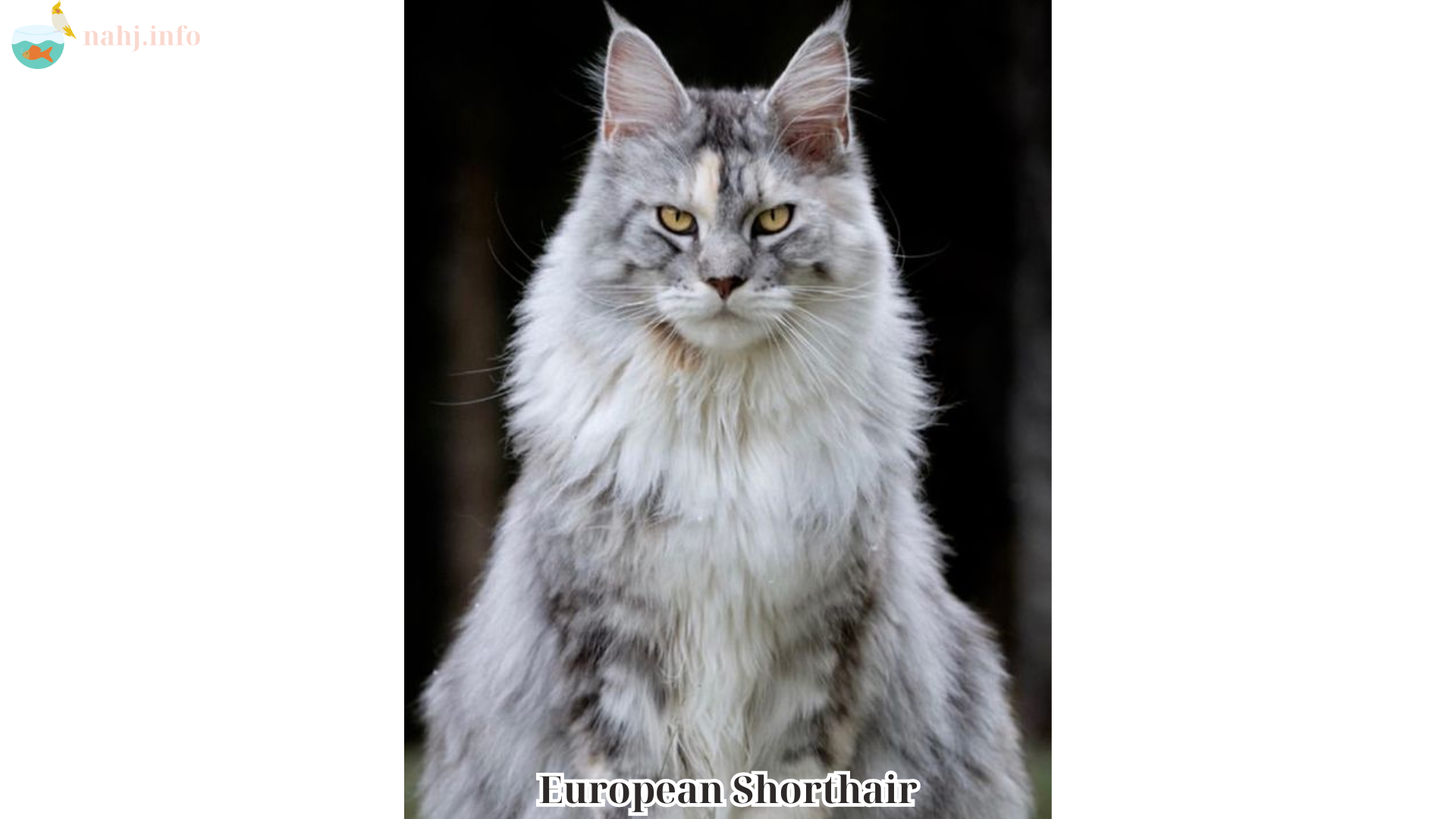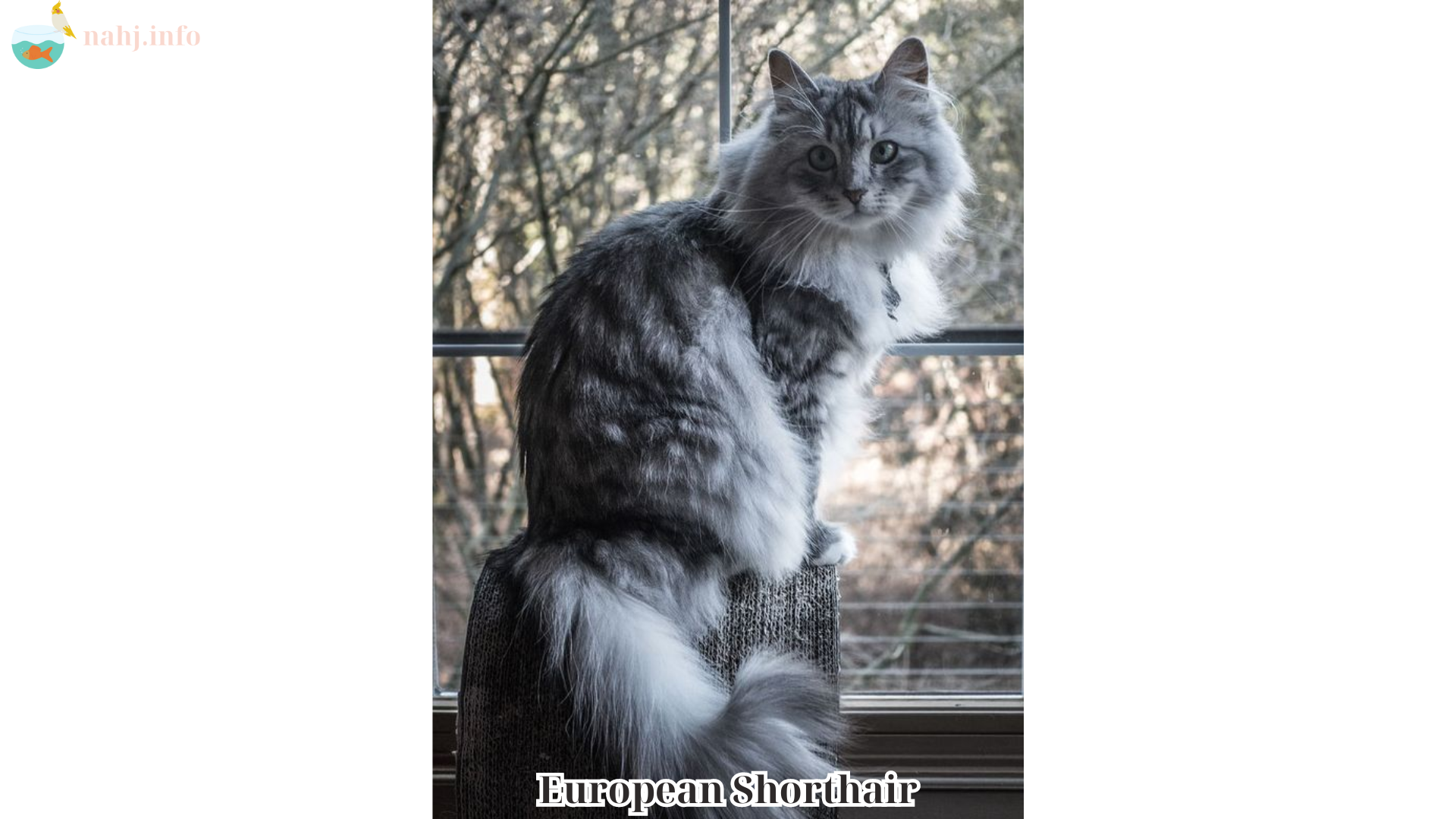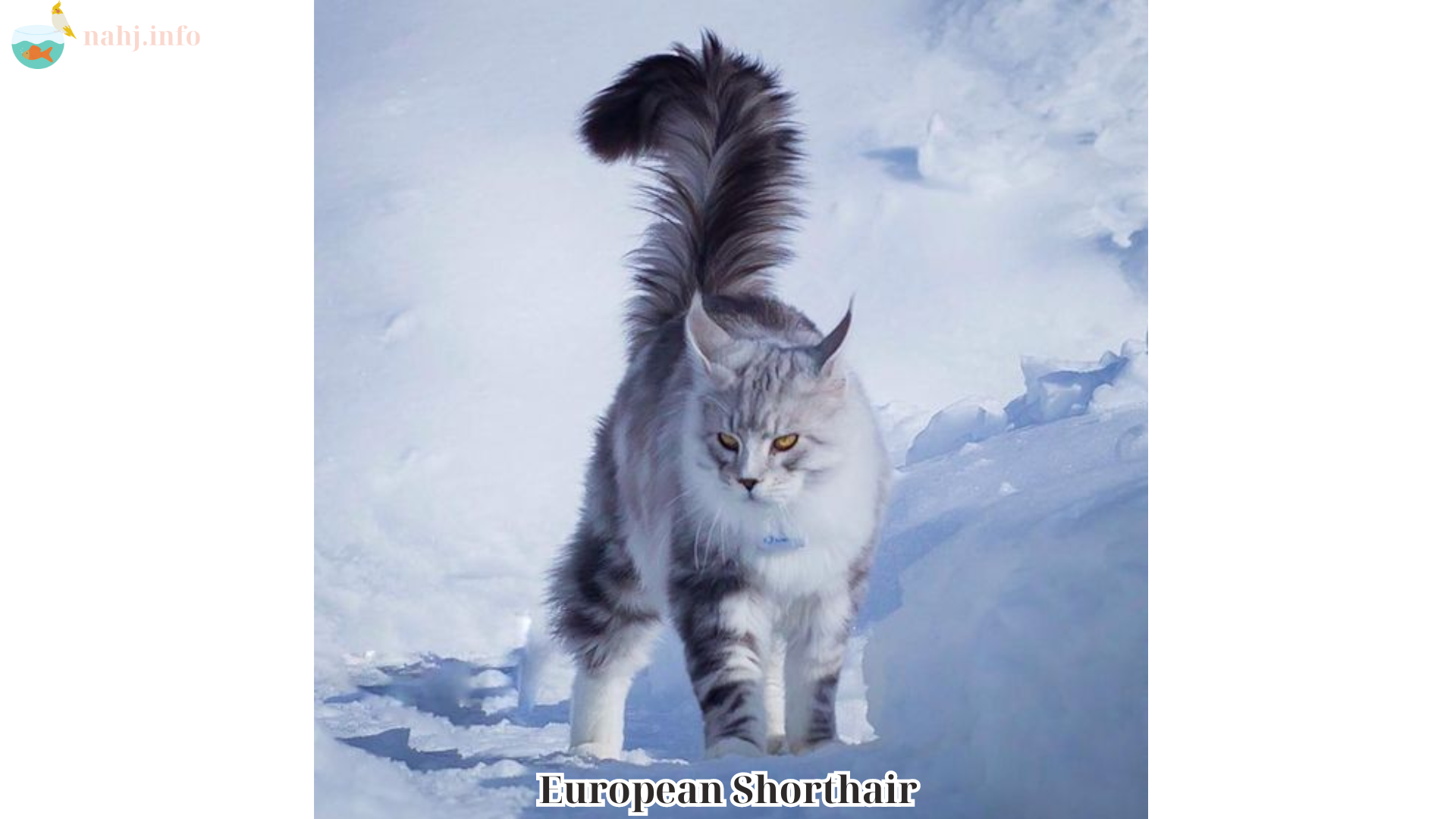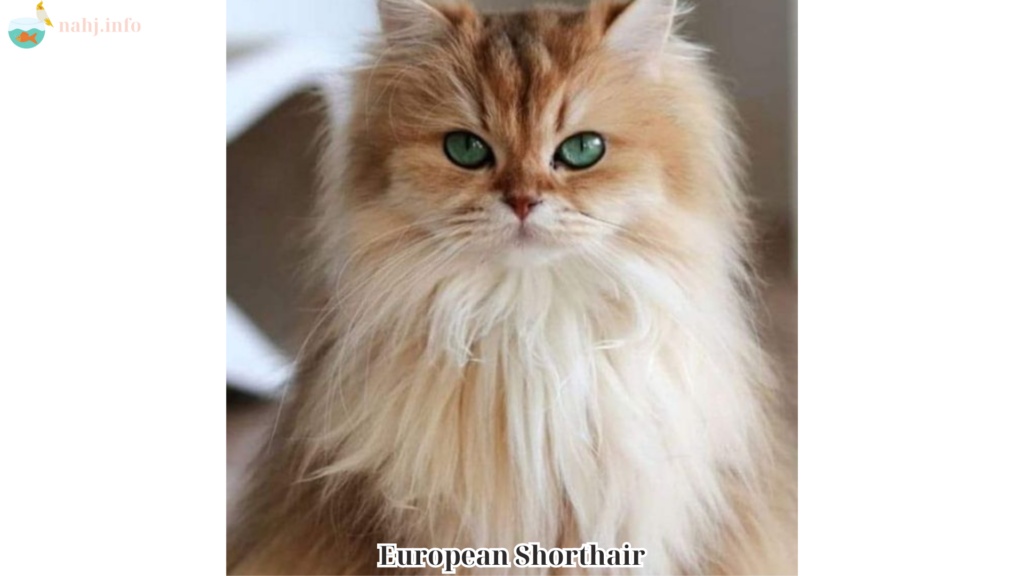The European Shorthair, also known as the Celtic Shorthair in some regions, is one of the oldest and most beloved cat breeds in Europe. With a robust constitution, diverse color patterns, and a friendly temperament, the European Shorthair is an excellent companion for many cat enthusiasts. Nahj delves into the origins, characteristics, care requirements, and more to provide a complete overview of this remarkable breed.
Table of Contents
ToggleThe European Shorthair: A Comprehensive Guide

The European Shorthair has a long and storied history that dates back to ancient times. They are descendants of cats brought to Europe by the Romans and have since evolved naturally, adapting to various climates and environments across the continent.
Evolution and Recognition
Unlike many other breeds that were developed through selective breeding, the European Shorthair evolved naturally. This natural selection has led to their robust health and diverse gene pool. The breed was officially recognized by the Fédération Internationale Féline (FIFe) in 1982 and by other major cat registries in subsequent years.
Physical Characteristics
The European Shorthair is known for its strong, muscular build and medium-to-large size. Their appearance can vary widely due to their diverse genetic background, but some common characteristics define the breed.
Body
The European Shorthair has a well-proportioned, muscular body that exudes strength and agility. They have a broad chest, strong legs, and a medium-length tail that tapers to a rounded tip.
Head
Their head is rounded with well-developed cheeks, especially in males. They have a straight nose, a firm chin, and expressive, round eyes that can come in various colors, including green, blue, and amber.
Coat

The coat of the European Shorthair is short, dense, and glossy. It provides excellent protection against the elements, reflecting their heritage as outdoor hunters. This breed comes in a wide range of colors and patterns, including solid, tabby, bi-color, and more.
Personality and Temperament
European Shorthairs are known for their friendly and adaptable nature. They are generally good-natured and get along well with both humans and other animals.
Affectionate and Social
These cats are affectionate without being overly demanding. They enjoy human companionship and are known to form strong bonds with their families. European Shorthairs are often described as loyal and loving pets.
Intelligent and Playful
European Shorthairs are intelligent and curious. They enjoy interactive play and can be quite entertaining with their playful antics. Providing them with toys and engaging activities helps keep their minds and bodies active.
Independent and Adaptable
While they love attention, European Shorthairs are also quite independent. They can entertain themselves and are known to adapt well to different living environments, whether it’s a bustling household or a quieter home.
Care and Maintenance
Taking care of a European Shorthair is relatively straightforward, thanks to their hardy nature and minimal grooming needs.
Diet and Nutrition
A balanced diet is essential for maintaining the health and vitality of your European Shorthair. High-quality commercial cat food that meets their nutritional needs is usually sufficient. Always provide fresh water and monitor their weight to prevent obesity.
Grooming
The European Shorthair’s short coat requires minimal grooming. Weekly brushing is usually enough to remove loose hairs and keep their coat looking shiny and healthy. Regular grooming sessions also help reduce the risk of hairballs.
Health and Veterinary Care
European Shorthairs are generally healthy cats with a lifespan of 12-15 years or more. However, regular veterinary check-ups are important to monitor their health and catch any potential issues early. Vaccinations, flea prevention, and dental care should be part of their routine health care.
Exercise and Enrichment
These cats are naturally active and enjoy playing and exploring. Providing them with a variety of toys, scratching posts, and climbing structures can help keep them physically and mentally stimulated. Interactive play sessions with their owners are also beneficial.
Living with a European Shorthair

European Shorthairs are adaptable and can thrive in various living environments. Whether you live in a small apartment or a large house, these cats can adjust well as long as they have enough space to play and explore.
Ideal Home Environment
- Family-Friendly: European Shorthairs are good with children and can be a great addition to a family. They are patient and tolerant, making them suitable companions for kids.
- Other Pets: They generally get along well with other cats and even dogs, provided they are properly introduced. Their sociable nature helps them integrate well into multi-pet households.
- Indoor vs. Outdoor: While European Shorthairs have a background as outdoor hunters, they can live happily indoors. If you do allow them outside, ensure the area is safe and secure to protect them from potential dangers.
Training and Socialization
European Shorthairs are intelligent and can be trained relatively easily. Early socialization and consistent training can help them develop good behaviors and become well-adjusted pets. Positive reinforcement techniques, such as treats and praise, work well with this breed.
Conclusion
The European Shorthair is a versatile and robust breed that makes an excellent pet for various types of households. With their friendly personality, low-maintenance grooming needs, and adaptable nature, they can fit seamlessly into family life, offering companionship and affection. Whether you are a first-time cat owner or an experienced feline enthusiast, the European Shorthair is a breed worth considering. Their rich history, coupled with their charming and endearing qualities, ensures they will continue to be a beloved companion for many years to come.
Related Posts:
- The Oriental Shorthair Cat: A Comprehensive Guide
- A Detailed Guide to the Persian cat breeding
- Buddha Bamboo: A Symbol of Prosperity and Spiritual…
- What Do Starlings Eat? A Comprehensive Guide
- Blue Striped Fish: A Vibrant Addition to Your Aquarium
- How to Raise Guppies Without Dying: A Comprehensive Guide

